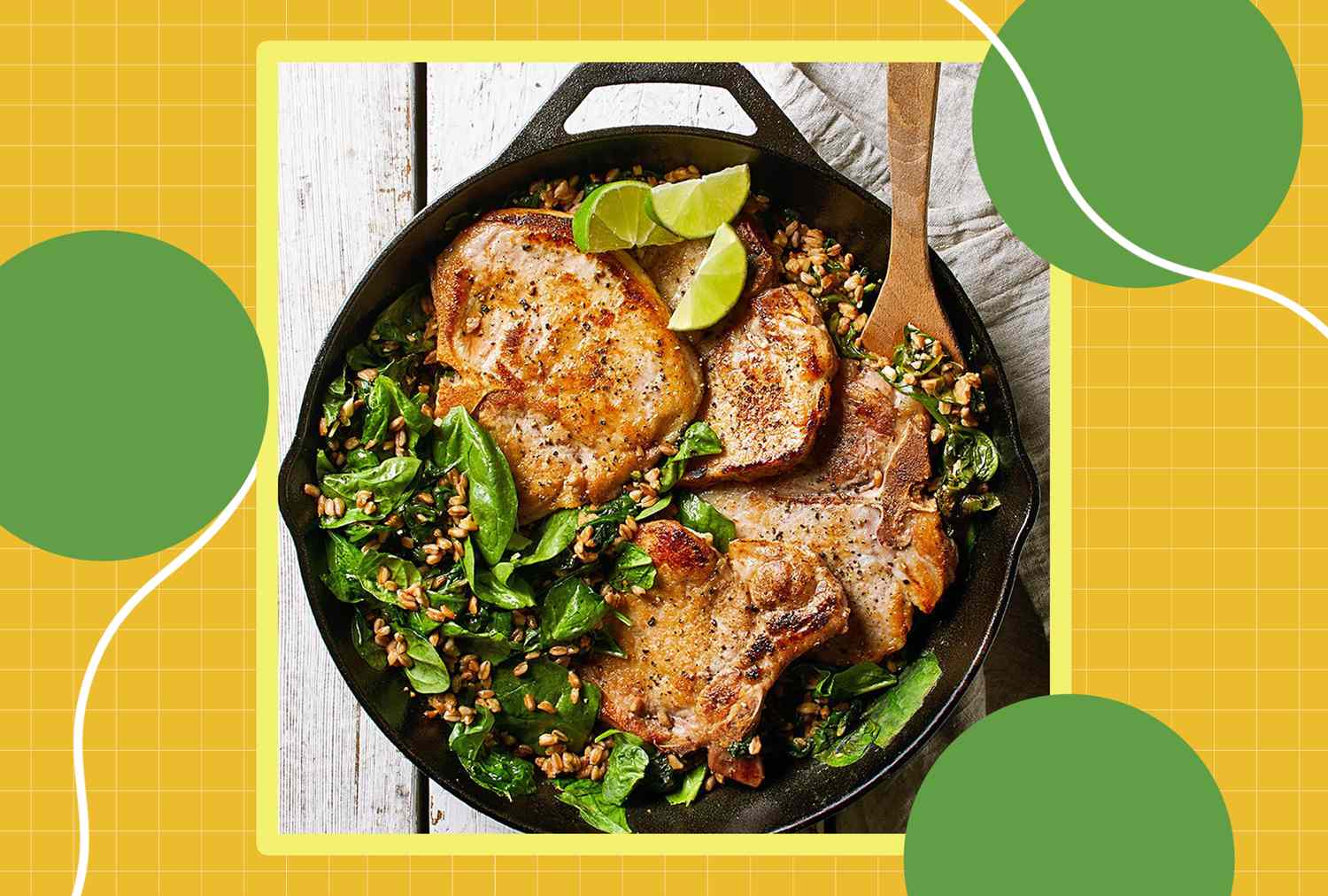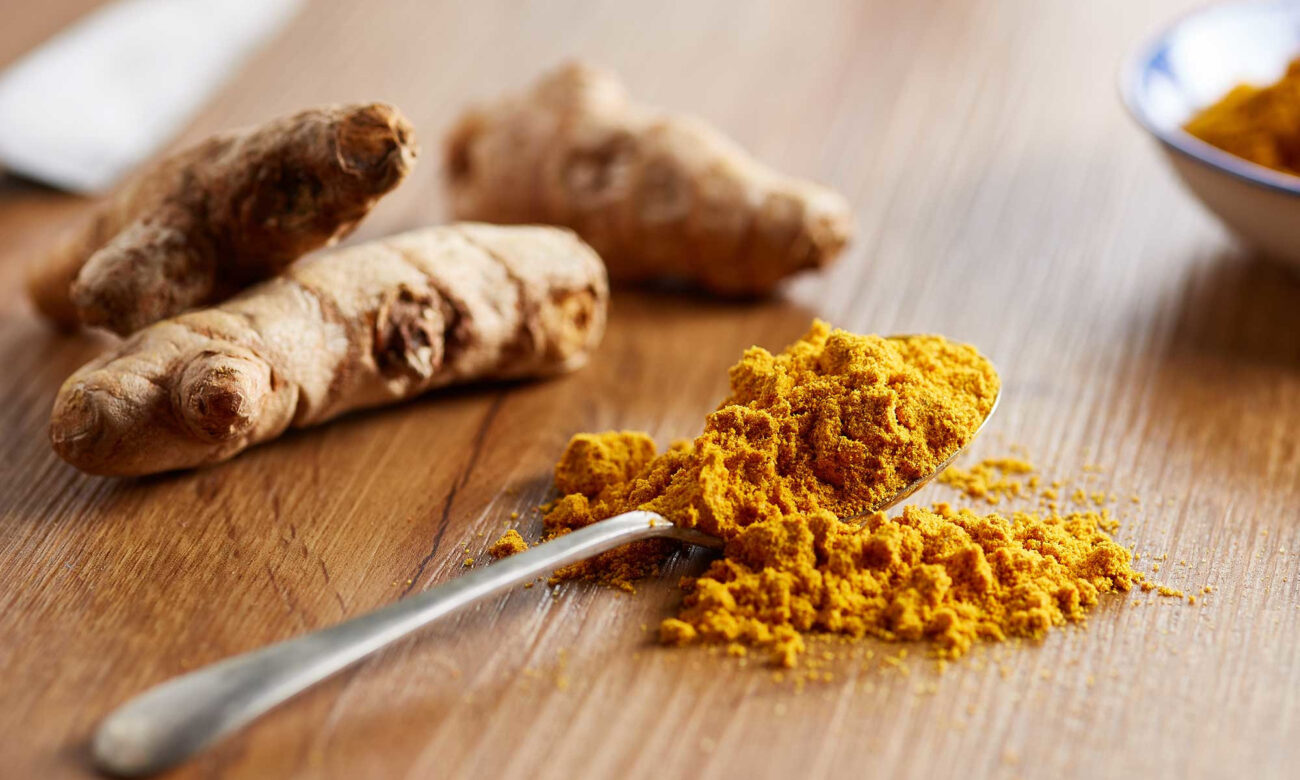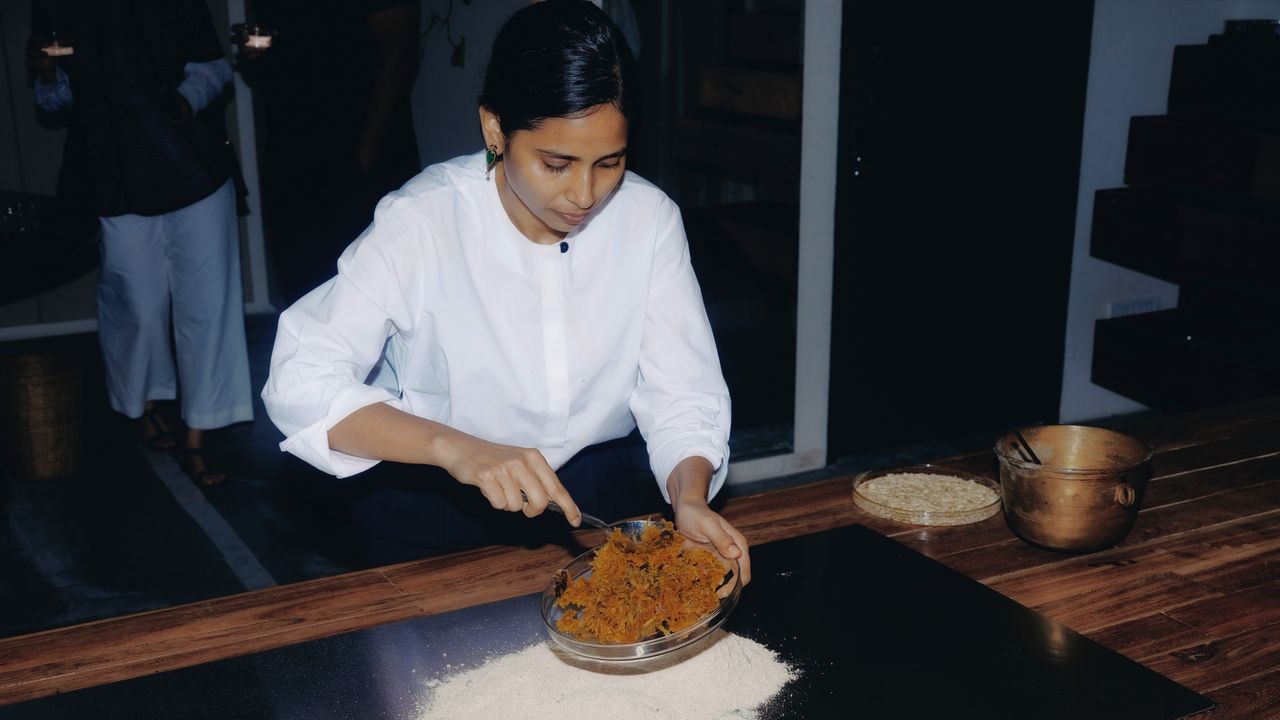Blog
The #1 Whole Grain Pick from a Food Editor

- Farro is an underrated whole grain that deserves a place in your meal rotation.
- It’s a healthy whole grain that’s high in fiber and protein, supporting both your gut and heart health.
- Farro is versatile and easy to prepare, boasting a unique, nutty flavor and a wholesome texture.
Ancient grains made a major comeback in recent years, and for good reason. They offer new, unique flavors and textures compared to more conventional grains. And adding ancient grains to your meal rotation is a great way to boost consumption of whole grains, fiber, protein, vitamins and minerals.
Quinoa is the most well-known and preferred of ancient grains, but spend some time browsing the aisles of your grocery store and you’ll likely find a vast assortment of lesser-known options. Which of these underrated grains deserves more of your attention? Farro, one of the oldest of ancient grains (dating back 10,000 years to the Fertile Crescent). It’s incredibly versatile—ideal in hearty soups and stews, or chilled and served in salads, Plus, its exceptional flavor and delightfully chewy texture provide a unique eating experience. Keep reading to learn more about this protein-packed ancient grain.
Why Farro Is an Underrated Whole Grain
Farro is a hearty wheat that lost popularity for thousands of years, but has experienced a resurgence in recent years alongside other ancient grains. Here are some of the benefits of consuming more farro.
Improved Gut Health
A quarter-cup of dry farro contains 5 grams of fiber. “The fiber in whole grains is especially important for our health because it plays a role in gut health,” explains Jordan Hill, M.C.D., RD, CSSD. “It’s an important player in reducing the risk for certain types of cancers.”
More than 90% of Americans aren’t getting the recommended amount of fiber, explains Lisa Valente, M.S., RD. “Fiber is so important for our gut health; it keeps our gut bacteria happy and healthy and helps us poop,” says Valente.
Heart-Health Benefits
The fiber in farro may also improve your heart health. Consuming high amounts of dietary fiber can significantly reduce incidence and mortality from cardiovascular disease, according to an umbrella review of meta-analyses. In particular, dietary fiber, like the kind found in farro, may reduce total serum and low-density lipoprotein cholesterol.
Satisfying Protein
In addition to fiber, farro also contains a good amount of protein, “two nutrients that help you stay satisfied because they take a little longer to digest,” Valente explains. Pearled farro contains about 6 grams of protein (per ¼ cup dry), on par with the 6 grams found in quinoa or 4 grams in brown rice.,, As a whole grain, it’s also a plant-based protein, ideal for those on a vegetarian or vegan diet. However, it’s a wheat-based grain and therefore not appropriate for those with celiac disease or on a wheat-free diet.
Simple to Prepare
All of these health benefits would mean little if farro were difficult to prepare, but luckily, it’s as simple as boiling pasta. However, whole farro can take quite a while to cook, so it is recommended to soak the grain and store it in the refrigerator before cooking. Pearled farro, on the other hand, can be prepared straight out of the package and cooks in about 30 minutes. There is no ratio to follow like when making quinoa or rice; instead, bring a pot of water to a boil and add the farro. Cook until tender, drain and serve. Or, you can cook the grain directly in soup or stew, and since it’s so firm and hearty, there is virtually no risk of it turning mushy.
How to Enjoy Farro
Adding farro to your meal rotation is a great way to enjoy more varied whole grains. “It’s important to eat a variety of grains, because they all deliver different nutrients,” Valente explains. “Plus, I think it’s more fun to not eat the same thing all the time.” With that said, here are some tips for eating more farro:
- Serve cold in salads: Cook farro according to package instructions. Drain well, then spread in an even layer on a baking sheet to cool to room temperature. Cover and refrigerate until ready to serve. Add to green salads for a chewy bite, or simply mix cold cooked farro with dressing and vegetables for a hearty grain salad.
- Cook risotto-style: Farro has a similar shape to rice and works well in risotto dishes. Toast it lightly in a bit of olive oil or butter and then add enough broth just to cover. Simmer and stir frequently, adding enough broth to cover the grains as they slowly cook, for a high-fiber and protein-rich risotto-like side dish.
- Replace orzo in soups: Turn a light vegetable orzo soup into a hearty, filling dish by using farro in place of the rice-shaped pasta. Add the farro directly to the soup and cook until very tender, 30 to 45 minutes.
- A faster option: If you love farro but don’t want to wait for its relatively long cook time, try a store-bought quick-cooking farro. “I buy precooked farro, or 10-minute farro, so it cooks up really quickly,” Valente says. “I love adding that to salads made with dark leafy greens.”
Our Expert Take
Farro is an underrated whole grain that deserves a spot in your meal rotation alongside other ancient grains like quinoa. It’s incredibly simple to prepare and boasts a unique, nutty flavor and wholesome texture. And regardless of whether you are looking to improve your overall, gut or heart health, farro is a healthy whole grain high in fiber and protein.












